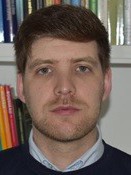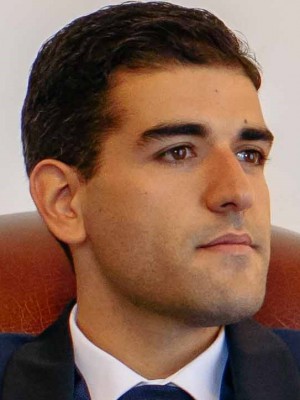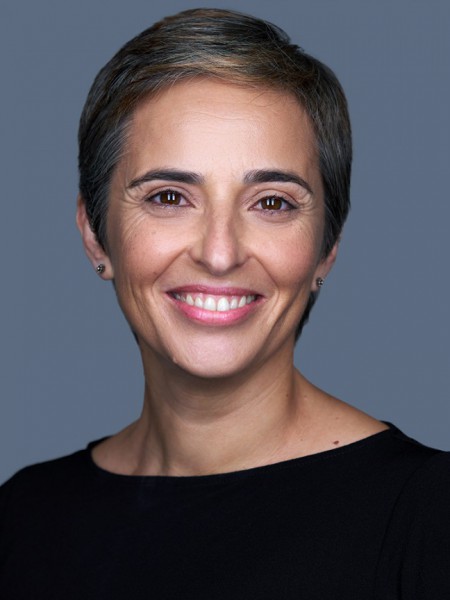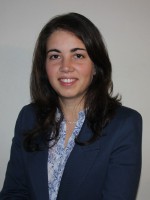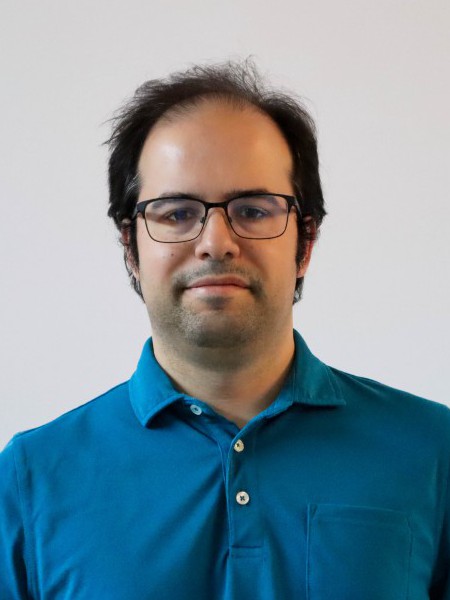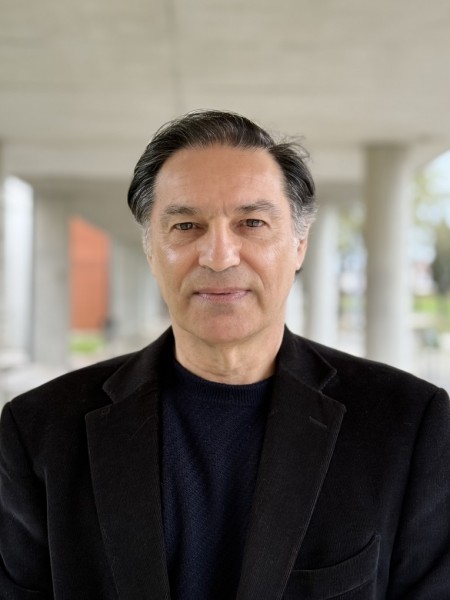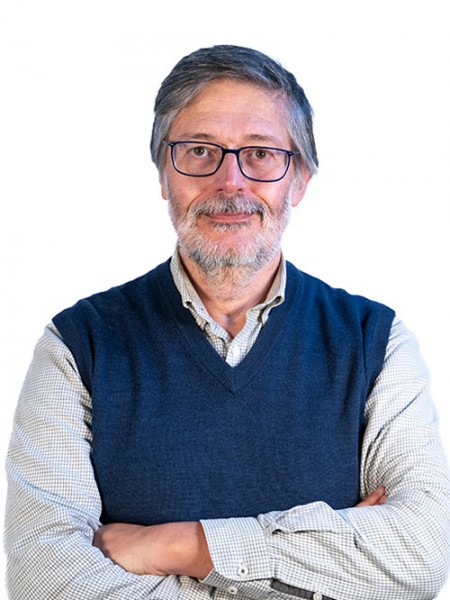abstract
We present an ultra sensitive method to quantify the uptake of Hg by dithiocarbamate functionalized magnetic nanoparticles using radioactive tracker spectroscopy. We show a lower limit of detection of about 10 fg L-1, much lower than any other known techniques used to determine the uptake of Hg (about 10(4) more sensitive), without the need of digesting or processing the sorption agent. Such high sensitivity enables the characterization of Functionalized Nanoparticles as Hg sorbents in natural waters, where the low Hg concentration is very difficult to detect using current analytical methods such as absorption/fluorometry methods (namely Cold Vapour Atomic Absorption/fluorescence spectroscopy). Radioactive trackers also give the ability to track the sorbed element, allowing the reconstruction of the path made by the sorbed element during the uptake process, unveiling further information about the impact of toxic metals in the environment and living beings. (C) 2018 Elsevier B.V. All rights reserved.
keywords
LOW-COST ADSORBENTS; MERCURY-VAPOR; HEAVY-METALS; IN-VIVO; REMOVAL; WATER; PARTICLES; IONS; ABSORPTION; SORBENTS
subject category
Chemistry
authors
Amorim, CO; Goncalves, JN; Tavares, DS; Fenta, AS; Lopes, CB; Pereira, E; Trindade, T; Correia, JG; Amaral, VS
our authors
Groups
G1 - Porous Materials and Nanosystems
G2 - Photonic, Electronic and Magnetic Materials
G6 - Virtual Materials and Artificial Intelligence
Projects
acknowledgements
The authors would like to thank the operation and technical ISOLDE teams and the Solid State Physics coordinator Dr. Juliana Schell. The authors would also like to thank Dr. James F. McNulty for his help during the writing and reviewing of this manuscript.; This work has been supported by the Portuguese Foundation for Science and Technology (FCT) with projects CERN-FIS-NUC-0004-2015, PTDC/CTM-NAN/120668/2010, Pest-C/CTM/LA0011/2013, Pest-C/MAR/LA0017/2013, POCI-01-0145-FEDER-007679 - FCT Ref. UID/CTM/50011/2013, financed by national funds through the FCT/MEC, and, when appropriate, co-financed by FEDER under the PT2020 Partnership Agreement. FCT is also acknowledged for scholarship grants SFRH/BD/93336/2013 (C.O. Amorim), SFRH/BD/84743/2012 (A.S. Fenta), SFRH/BD/103828/2014 (D.S. Tavares), SFRH/BPD/99453/2014 (C.B. Lopes) and SFRH/BPD/82059/2011 (J. N. Goncalves).; Other institutions are acknowledged: A.S. Fenta from support by the Scientific Research-Flanders (G.0983.15) and the KU Leuven BOF (CREA/14/013 and STRT/14/002) from Belgium. The German Federal Ministry of Education and Research (BMBF) through contract 05K13TSA and 05K16PGA is acknowledged for equipment used during experiments. The European Commission through the Horizon 2020 program (grant number 654002 ENSAR2) for support accessing the ISOLDE laboratory.


